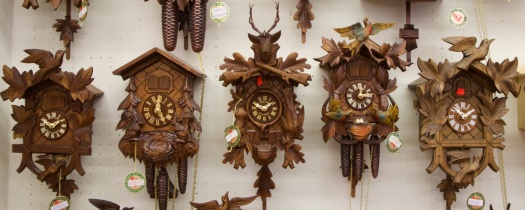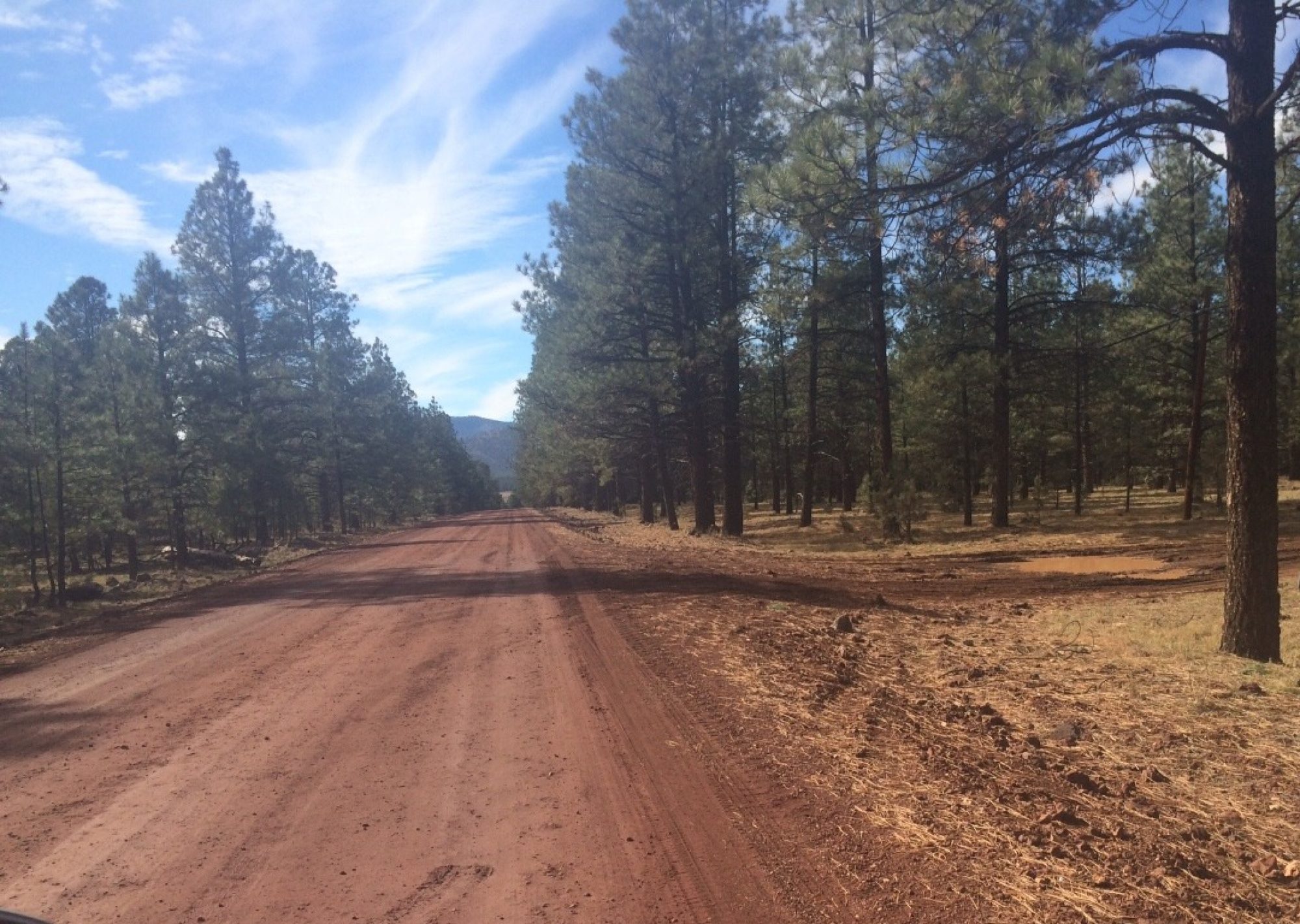We awoke this morning docked in Breisach, a town of about 17,000 located about 60 km north of Basel and about about halfway between Freiburg and Colmar.
Breisach got around a lot. Its very name is Celtic (meaning breakwater). It lies on a hill, and whenever the Rhine would flood Breisach would be surrounded by the river, breaking the water. (In the 1800s engineering straightened out this section of the Rhine, meaning Breisach no longer find itself intermittently in the middle of the Rhine.)
Breisach was a significant stronghold in the Holy Roman Empire (early 1500s). Later it was French de facto (1638-39) and later de jure (1648). Then it was part of the HRE again (1697), then France again (1703, via the “War of the Spanish Succession”), and then the HRE yet again (1714). In 1790 it was part of a country named Further Austria, and finally Germany (1805). In WWII most of Breisach, and an important railway bridge over the Rhine, was destroyed by Allied artillery as the Allies crossed the river.
The day broke cloudy and wet, literally dampening our planned morning excursion. After breakfast we picked up umbrellas from the front desk and headed out to catch the buses to Schwarzwald–The Black Forest. We drove through extensive vineyards near Ihringen, Gottenheim, and Botzingen.

Our guide informed us that each town had a local wine queen. They competed in regional and later national competitions to become the German Wine Queen (note the capitalization) for the year.

According to our guide, the competitors did not HAVE to be the daughter of a winemaker, but it probably helped if she was. Critical to success, however, was the candidate’s willingness and ability to dress up in historical costume, take about wines and winemaking, and wave a lot.
We came to the Schwarzwald and started weaving our way up the mountains. Our guide says the name Schwarzwald may have come from the Romans. They built garrisons in the area but didn’t like going up into the cold mountains. And they didn’t like fighting the people living there. Roman maps show the areas to be blank, or marked in dark ink as not worth pursuing.
The clouds sat in the lower-lying areas between hills, casting a quiet coolness on the scene. In route we saw a large cross standing in a hill.

We ended up at Breitnau, of the Hofgcut Sternen Hotel. Next door was a business that makes and sells cuckoo clocks. The employee there gave us a short-course in cuckoo making.

The box is made of cured, hard wood. (He said most of the boxes come from the US.) The other decorative pieces are made locally, often by farmers in the Black Forest who carve them during the winter months. There are a number of set-piece carvings (leaves, deer heads, birds, guns, etc.) that are made in different sizes and assembled to make the clock. The inner workings come from Switzerland, and vary according to how long the clock will work before winding, how big it is, and whether it plays music or has moving parts for entertainment. Afterwards a number of people bought cuckoo clocks. (We didn’t.)
After the clock demonstration we took a short hike through the Forest. It was cool and close to raining, but stayed dry. Streams flowed alongside the hiking path, finding their way down the mountain and eventually into the river that brought us here.
Our hike took us under a tall railway trestle. This trestle was (and still is) the main north-south railway line through this area of Germany. In WWII the Germans blew up it up to slow down the Allied advance. After the war it was immediately rebuilt as part of the Allied-assisted recovery.
I kept looking around, expecting to see Gary Cooper or Clint Eastwood show up with explosives.
We next went into a local restaurant for a demonstration on making Black Forest Cake. This was popular, as it was nearly noon. Our chef/demonstrator started spreading massive amounts of cream onto a cake layer, which he then covered with the cherry-sauce. He then added a second cake layer, which he drowned in cherry schnapps, a/k/a Kirsch:
He started to add another layer cake, but had to break because of the fumes from the Schnapps. He certainly enjoyed his work, and he seemed to enjoy it all the more as time went on. (I might decide to take up pastry chef work after all.)
We then headed down the mountains toward our ship, via Freiburg, a major educational (University of Freiburg) and ecclesiastical center. Then back to the ship, a mandatory safety meeting (complete with life-vests), and then lunch.
The morning was intoxicating. The afternoon was sobering. See next post.




